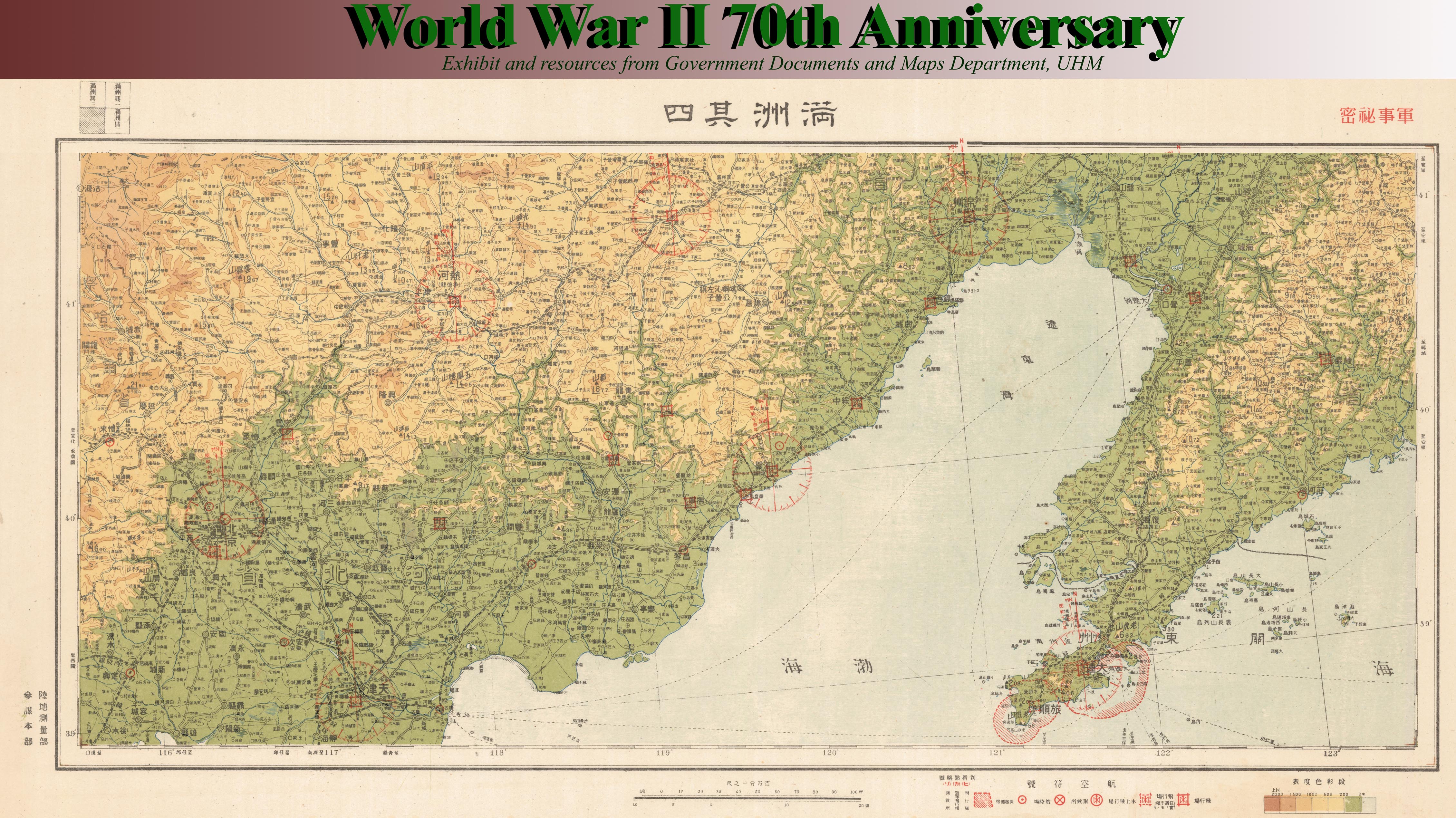Bombing of Kyushu & Osaka; battle in Okinawa intensifies; V-E Day celebratory activities

June 7, 2015-June 13, 2015
Location: Government Documents
Project Hula requires American and Russian sailors to work side by side in a program for the final fight against Japan. This program requires a special detachment of the U.S. Navy to train Russian military in the handling of naval vessels--vessels that are scheduled for transfer to the Soviet Pacific Ocean Fleet under the lend-lease program. Project Hula: Secret Soviet-American Cooperation in the War Against Japan describes this extraordinary instance of Allied cooperation during the spring and summer of 1945. More information about USSR as an American ally can be found in Chapter XXVII "Aid to the USSR in the Later War Years" in the 1968 publication Global Logistics and Strategy 1943-1945 in the United States Army in World War II series.
Meanwhile, an Australian division, assisted by the U.S. Navy and Army, land at Brunei Bay, Borneo, in the second of three phases to cut off oil supplies for the Japanese war machine. In contrast to American amphibious assaults in the Pacific, Australian troop numbers greatly overwhelm Japanese defenders with sufficient pre-assault Navy bombardment; comparatively fewer Allied casualties result. Still, controversy remains as to the necessity of the Borneo campaign when the end of the war was so close. See a 1945 Office of Strategic Services map of Borneo in the collection.
Newsmap. Monday, 18 June, 1945: week of 5 June to 12 June, V-E Day + 6 weeks, 183rd week of U. S. participation in the war. Text and maps describe Pacific military activities, including action on Luzon, Allied troops in New Borneo landings, and Japanese retreat toward the French Indo-China border. Verso: Illustration of two fingers in the sign for victory, encouraging no waste of materials for a sooner end to the war.


- View this map online through the University of North Texas Digital Library ( http://digital.library.unt.edu/ark:/67531/metadc817/ )
Notes: Newsmaps were color posters issued by the U.S. Army and the Government Printing Office (GPO) on Mondays during the World War II. They combine maps, images, and news from the previous week’s war effort.

